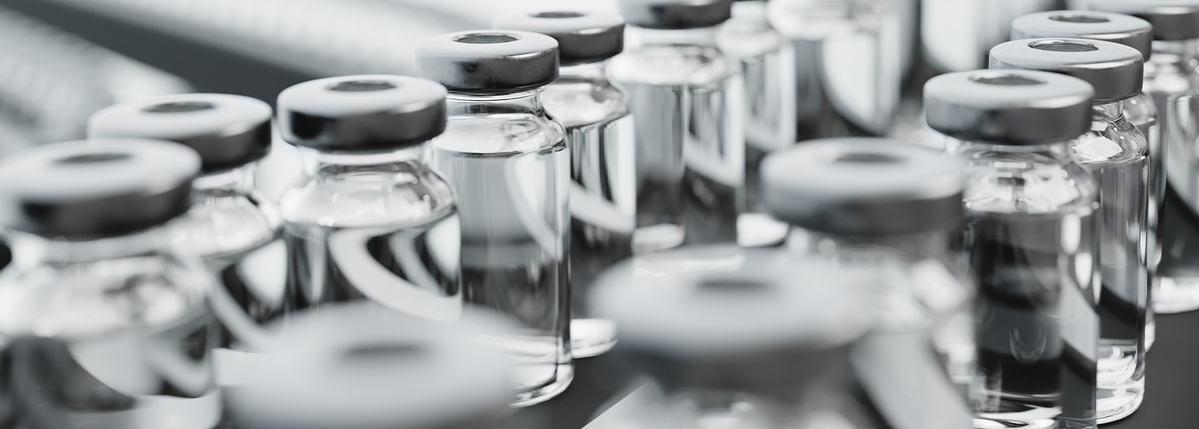The Differences Between Biosimilar, Human and Analog Insulins
Editor’s Note: People who take insulin require consistently affordable and predictable sources of insulin at all times. If you or a loved one are struggling to afford or access insulin, click here.
In today’s insulin market, there are categories that every type of insulin falls under. In this guide, we break down the differences between biosimilar, human and analog insulins.
What are biosimilar insulins?
Current biosimilar insulins are biologically similar to other long-acting insulins on the market. Original insulins are Health Canada-approved, branded biologics used as a reference product during approval.” Biologic products are “generally large, complex molecules that are often produced through biotechnology in a living system, such as a microorganism, plant cell or animal cell.”
Biosimilars are supposed to be interchangeable with frequently-prescribed insulin products to reduce healthcare costs. You shouldn’t need to call your prescriber in order to switch your insulin prescription with a biosimilar at the pharmacy counter. (This works in the same way as your pharmacist substituting name-brand test strips for generic ones, for example.)
However, not all states offer interchangeable medication options. Because pharmacy laws and regulations vary from state to state, so do interchangeability standards. Some states have laws where biosimilar insulin can only be prescribed if it is lower in cost than its brand-name equivalent.
Biosimilars have “no clinically meaningful difference” from the existing Health Canada-approved original product, also known as a “reference product.” A reference product is a single biological product that has already been approved by Health Canada. Reference products are compared against any proposed biosimilars that enter the healthcare market. Biosimilar insulins are just as safe and effective for people with diabetes to use.
Why aren’t many biosimilar insulins available?
Despite biosimilars being attractive to patients and physicians for their safety and cost-effectiveness, there are not many biosimilars approved for use in Canada. There is not as much information, research, awareness or availability compared to analog insulins.
Getting biosimilars approved is not easy because of Health Canada’s rigorous standards.
Since biosimilar products come from natural sources and are not exact copies, they must be thoroughly investigated and studied before they get into the hands of patients.
What are analog insulins?
Analog insulins take up a lot more space in the healthcare market than biosimilars. Analog insulins are different from biosimilars and are used as reference products. Analog insulins are created in labs by growing insulin proteins within E. coli bacteria (Escherichia coli)—similar to how human insulins are made. They have had a greater impact on people with diabetes since the early 2000s, replacing prescription requests for many human insulins.
Analog insulins are easily absorbed from fatty tissue, making them more predictable. Since they have a different chemical structure than human insulin, they lower your blood sugar more quickly once injected.
Analog insulins are designed to “mimic the body’s natural pattern of insulin release.” They are synthetic insulins that act like human insulin. Analog insulins can be long and fast-acting. There are also some premixed combinations available.
Learn more about the past, present and future of insulin here.
What are human insulins?
Human insulins are typically compared against analog insulins. Human insulins are made synthetically in a lab using E. coli bacteria. Until the 1980s, people with diabetes relied on cow and pig insulin, but the ability to manufacture human and analog insulin changed everything.
Human insulins are available in short and long-acting forms. An NPH insulin is also human insulin but it is classified as intermediate-acting. It has much slower absorption, typically taking two hours to take effect in your body and peaking in maximum effect four to six hours after the initial injection.
What are the major differences between human and analog insulins?
Human and analog insulins are administered through syringes, insulin pens and insulin pumps.
Human insulins are usually cheaper than analog insulins but compared to analog insulin, most human insulins lead to a more restricted lifestyle and less predictable blood sugar levels.
Human insulins require a very structured lifestyle in which you have to eat a certain number of carbs about every three hours to coincide with when these insulins peak throughout the day. The introduction of analog rapid-acting and long-acting insulins gave people with diabetes significantly more flexibility and predictability throughout the day while managing blood sugar levels.
Analog insulins take as little as 15 minutes to start working, and human insulins can take anywhere from 30 to 60. (And inhaled insulin, which is in a category of its own, starts working within a few minutes!) Everyone responds to insulins slightly differently.
Another major difference is that human insulins are meant to replicate the insulin found in the human body but analog insulins are genetically modified to change how insulin acts in your body, making them absorb and work faster. But they also cost more.
Insulin affordability
The price of insulin has been soaring for decades. Affordability is a huge problem for people with diabetes who come from all walks of life, regardless of their insurance coverage.
Companies like CivicaRX want to make affordability the standard for all people with diabetes, instead of the problem. Launching in 2024, Civica Rx aims to manufacture and distribute biosimilar rapid-acting and long-acting insulins for no more than $30 per vial and $55 per box of five pens, regardless of insurance status.
High-quality, modern insulin must be available to people with diabetes regardless of employment or insurance status, across all demographics, without barriers and at an affordable and predictable price point.
Learn more about insulin affordability and how you can become an advocate here.





